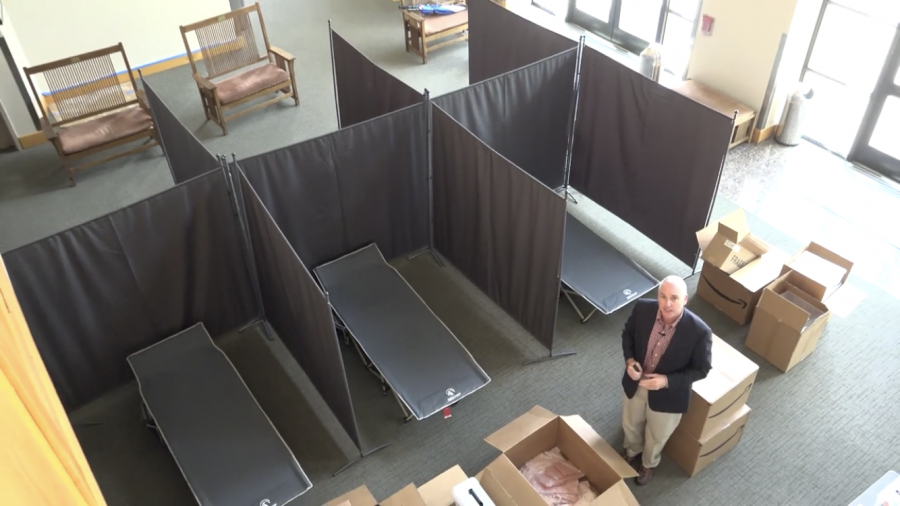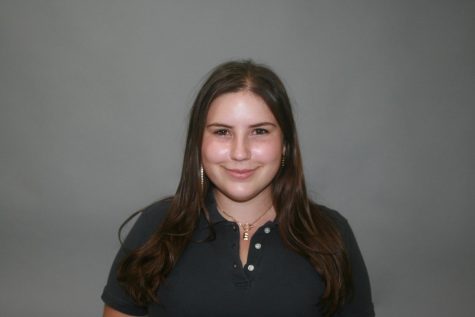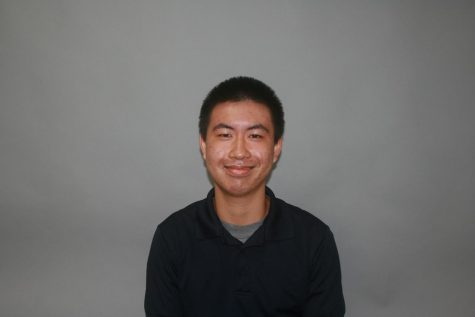SJS implements in-person learning with low-density reopening plan
To accommodate potentially sick students, Stasney Hall has been converted into an infirmary according to Headmaster Mark Desjardins’s campus update on July 30.
September 11, 2020
When Eliot Aiman received the latest update on the School’s reopening plan, she felt conflicted. Despite extensive renovations and alterations to the entire campus over the summer and numerous communications designed to assuage the fears of parents and students alike, almost 10% are simply not ready to participate in on-campus learning.
From Sept. 14 to Oct. 9, half of the Upper School will attend class on campus while the other half learns virtually. These halves will rotate weekly. Students have the opportunity to opt out of the low-density reopening plan.
Aiman, a junior, said she is not opposed to the low-density reopening plan. Her main concern regards all students’ commitment to staying safe and healthy both inside and outside of school. Aiman plans to err on the side of caution during this initial phase of reopening by attending classes from home.
While Aiman recognizes that many of her peers want to return, her ultimate goal is “to not get sick.”
After reading a letter to the SJS community sent by Headmaster Mark Desjardins, sophomore Caroline Hankamer, who said she felt “let down” by the low-density plan, thinks it produces a lack of unity and “liveliness” within the student body. Although she considers returning to school a safety risk, she plans to attend in-person.
“The way our grade meshes would really change if split in half,” Hankamer said. “I would have rather waited until everyone is able to go back to school to start on-campus learning again.”
While many students will be happy to be back at school, others harbor concerns about the reopening phase.
Sophomore Ryan Wood is excited to begin the low-density plan, but he considers starting on the 14th to be too soon.
“I want to interact with my teachers in-person and talk to all the people who I haven’t seen in-person for many more months than I’m used to,” Wood said.
To hold community members accountable, Aiman would like to see the School add a COVID-19 contract to the Honor Code similar to the safety contracts implemented by many other schools. She got the idea while watching her brother Jared (‘17) sign a Rice University contract of community care and an honor pledge stating that he would be subject to consequences should his on or off-campus behavior “pose a serious threat to the health and safety of the community.”
Aiman hopes all community members will be on the same page by the time students are back on campus.
“For the past five months, people have been responding to the virus differently,” Aiman said. “How do we all get on the same page, now?”
Some students who harbor concerns about returning are still excited to be back on campus.
“Hopefully, being in person will help with some issues like attention span and being unable to ask questions,” senior Casey Propst said. “I want to see people and interact with my grade on-campus again.”







Caroline Hankamer • Sep 15, 2020 at 6:15 PM
This is amazing ella! <33333
Eliot • Sep 15, 2020 at 5:10 PM
Great article!